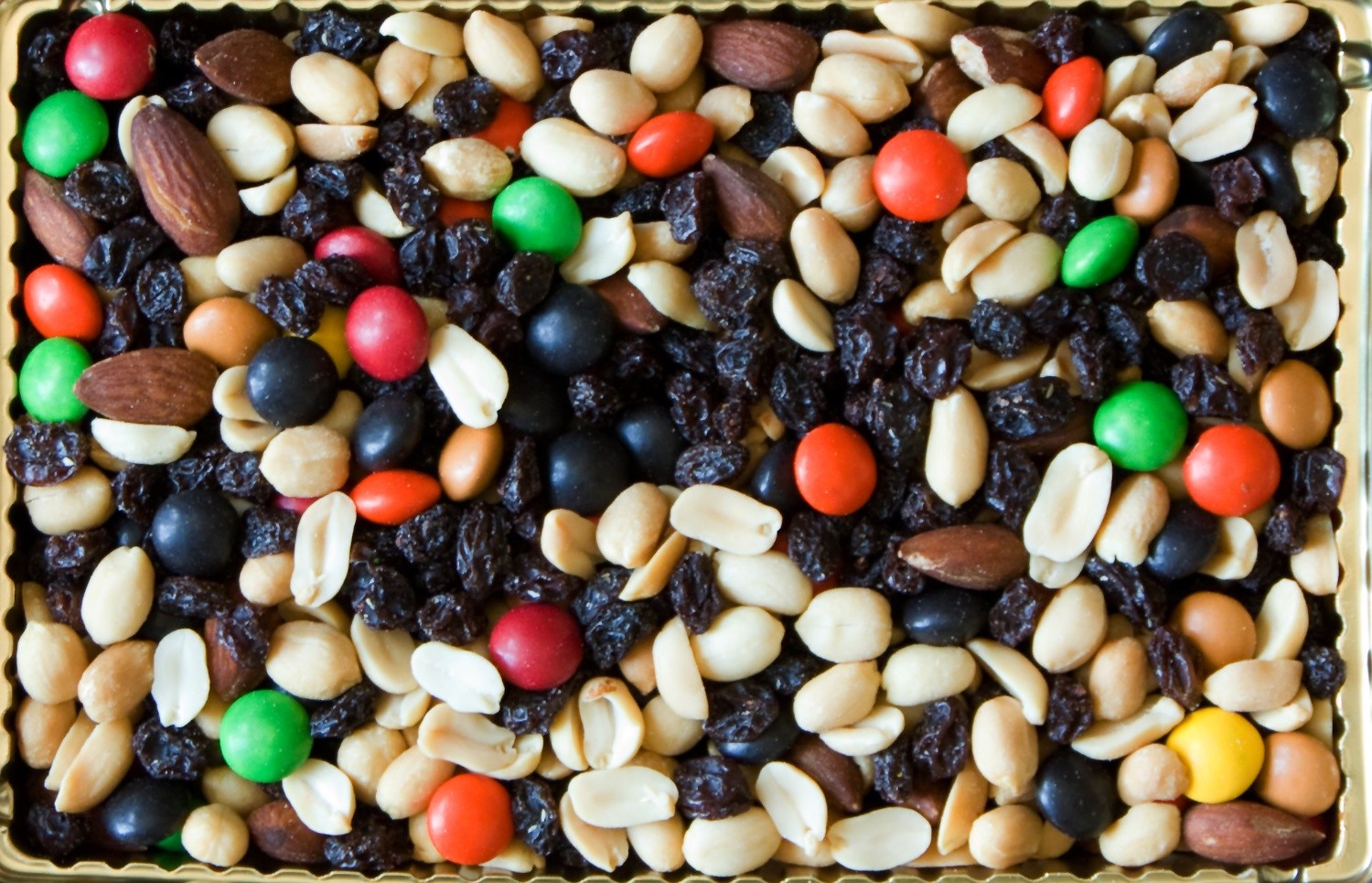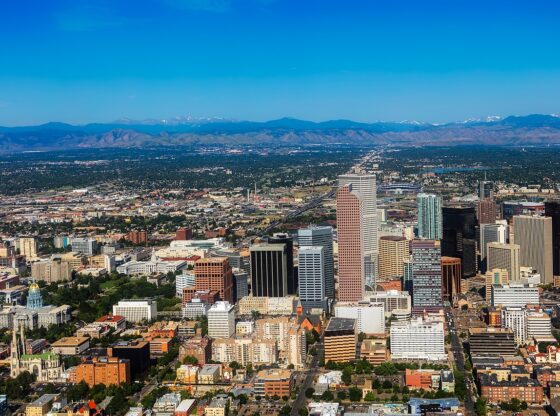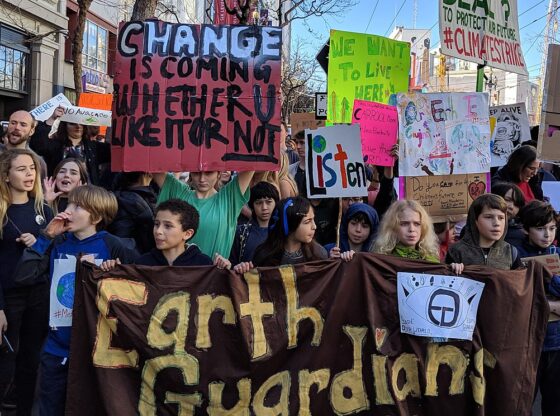There’s a lot of inconsistent news out there about what’s good for you and what’s not when it comes to exercise. One day, bacon is the worst, then the next day studies are telling you it should be the top snack choice for all athletes. Well, that didn’t actually happen—more of a fantasy than anything—but here is some basic diet information that will always ring true through all the rumors and trends.
Before:
First of all, it’s important to drink water a couple hours prior to any type of exercise, especially in Colorado. Taking your first sip on the trail is no good because once your body becomes slightly dehydrated, it won’t be able to catch up to where it should be. Don’t chug a gallon before you head out either—just make sure to have at least a cup or two well before your heart gets pumping.
For pre-exercise food, it’s all about carbs. In fact, every stage of eating when it comes to an activity is all about the carbs. This is because very condensed energy is being delivered to your body at a fast rate. Stick to foods like bread, eggs, lean meat, cereal, fruit and vegetables to get the day going right.
What you should avoid at all costs are, unsurprisingly, foods with grease and fat. While filling up on a burger before a big hike may seem like a good idea to avoid hunger later in the day, it’s not; you’ll only receive a small amount of energy and your body will take a long time to break it down.
During:
Eating options during physical activity are far more limited, mainly due to packability.
Trail mix, PB&Js and fruit (dried fruit is better because it’s lighter) are undoubtedly the best and most classic options. Protein bars work as well, but make sure to only eat one, because too much protein delivers inefficient energy—similar to greasy and fatty foods.
The pace of eating is what’s really important to understand while exercising, and the main goal to keep in mind is to space everything out. Munching a big sandwich halfway through the day is tempting, but it’s a much better call to take a bite or two every half hour and maintain a consistent energy level. The same goes with water. Instead of chugging every couple of hours, take a gulp at least every twenty minutes to keep things steady.
Also keep in mind that weather affects how much you should be eating and drinking. If it’s really hot or really cold, your body is burning more energy than normal just to maintain itself, and it needs more nourishment than you think. And, regardless of the weather, you should ideally be eating more while exercising than a typical day because you’re burning so many calories.
After:
Make sure to eat within an hour of finishing up any exercise so you don’t crash. Instead of saving your appetite for a big meal later, keep food in the car (or wherever your base may be) that’s immediately ready.
Because the physical activity is over, the choice of food isn’t as important at this point of the day, but sticking to carbs is still generally a good idea. Again, they bring fast energy and will help you recover as quickly as possible.
Protein is also a good call after exercise because it also helps you recover and builds muscle. Some good options include chicken (chicken sandwiches are ideal), hummus (great on a sandwich/wrap), bagels (or any type of grain will do the trick) and tuna (also ideal on a sandwich).
Clearly, eating this many carbs wouldn’t be a good idea for a day watching Netflix on the couch, but, on an active day, it’s the best way to keep your energy levels high and your body happy.











